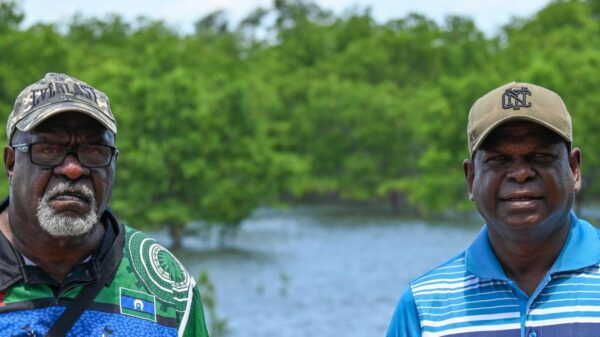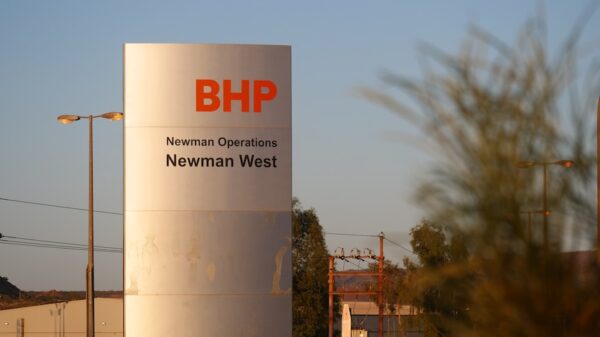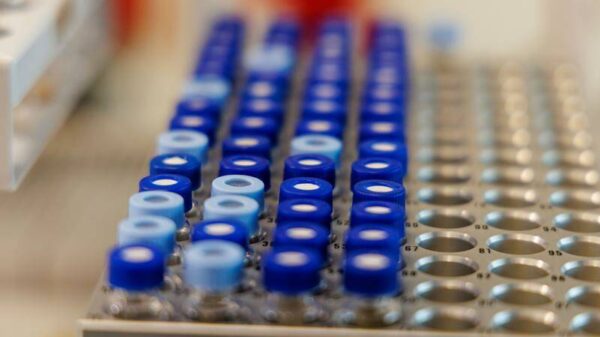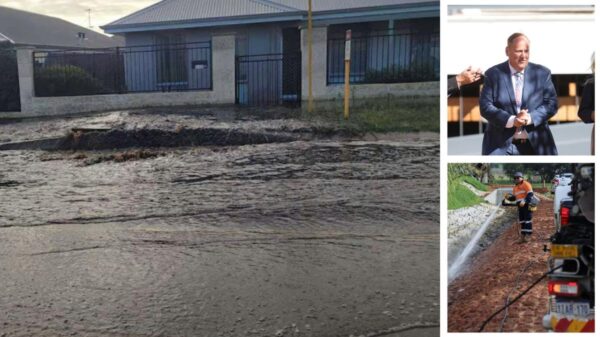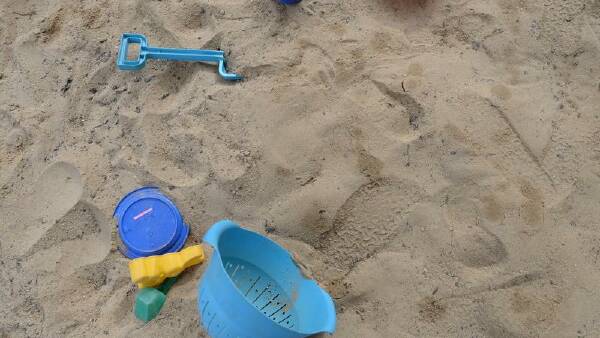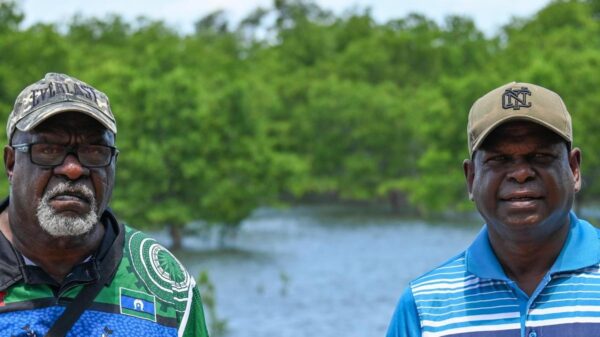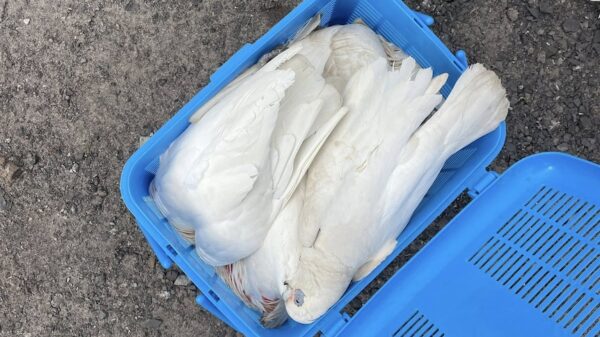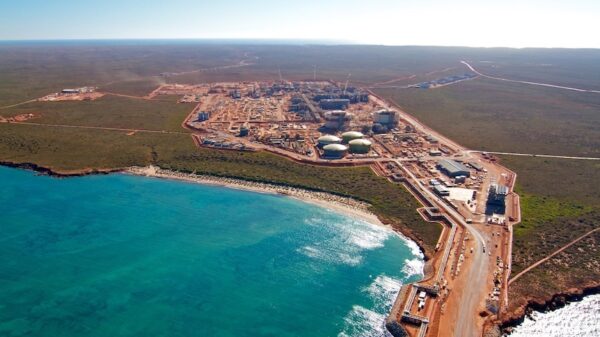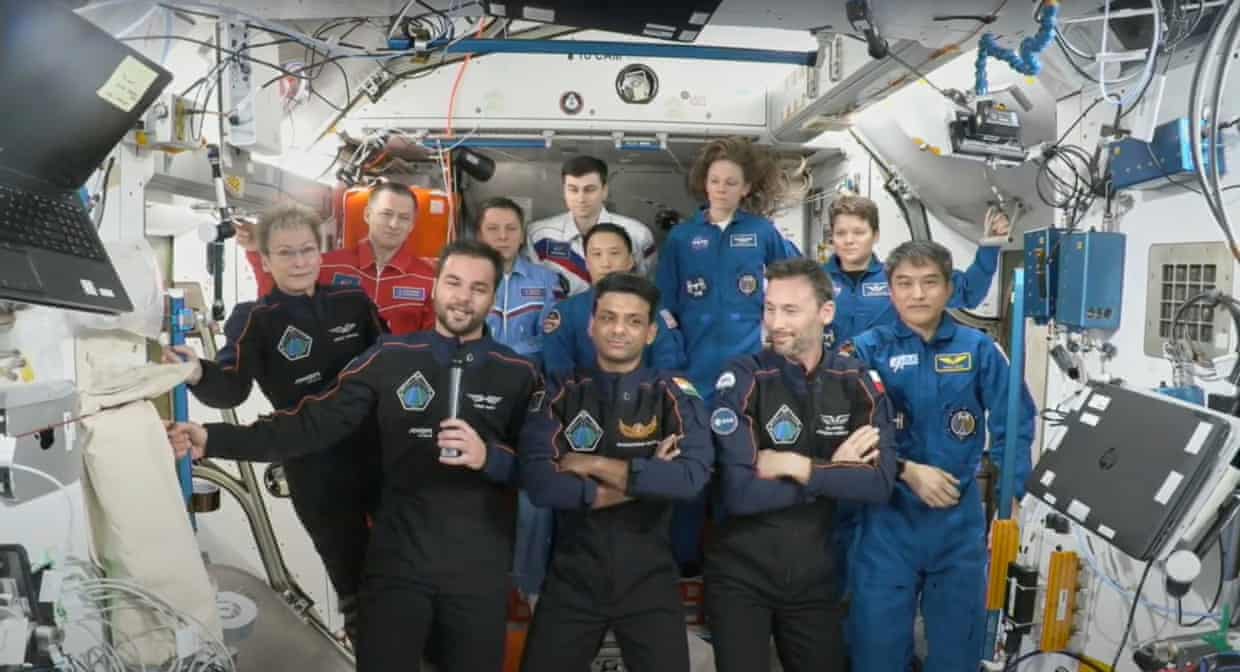Four astronauts have successfully departed the International Space Station (ISS) as part of their return journey to Earth. The crew, aboard the Crew Dragon capsule, is set to parachute into the Pacific Ocean off the coast of California on October 3, 2023. This mission marks a significant milestone in ongoing efforts to maintain human presence in low Earth orbit and advance scientific research.
The crew includes astronauts from NASA and international partners. Their departure was part of a regularly scheduled mission that has seen them conduct various experiments and maintenance tasks aboard the ISS. Over their time in space, they contributed to research in areas such as biology, physics, and technology advancements, which are vital for future space exploration.
The Crew Dragon capsule is expected to splash down in the ocean at approximately 23:00 UTC, following a series of pre-landing checks. The spacecraft has been a crucial element of NASA’s Commercial Crew Program, designed to facilitate safe and reliable transportation to and from the ISS.
Mission Highlights and Scientific Contributions
During their time on the ISS, the astronauts engaged in a variety of scientific experiments aimed at benefiting life on Earth and future space missions. Among their key contributions was research on plant growth in microgravity, which could help in developing sustainable food sources for long-duration space travel.
The crew also participated in numerous educational outreach activities, connecting with students and the public to share their experiences and inspire future generations of scientists and explorers. This effort aligns with NASA’s goal of promoting STEM (Science, Technology, Engineering, and Mathematics) education globally.
As the Crew Dragon prepares for its return, NASA has emphasized the importance of this mission in advancing human spaceflight capabilities. The successful landing will not only demonstrate the reliability of the spacecraft but also set the stage for future missions, including upcoming trips to the lunar surface as part of the Artemis program.
Looking Ahead: Future Missions
Following this mission, NASA plans to continue its partnership with private aerospace companies to enhance human spaceflight capabilities. The next launch is scheduled for later this year, which will carry a new crew to the ISS. These ongoing missions are part of a broader strategy to establish a sustainable human presence in space and prepare for future explorations to Mars and beyond.
The return of the astronauts marks a successful chapter in international collaboration in space exploration, showcasing the potential of human ingenuity and teamwork. As they reunite with their families and begin their transition back to life on Earth, the crew’s experiences will undoubtedly contribute to the ongoing narrative of human exploration in the cosmos.







